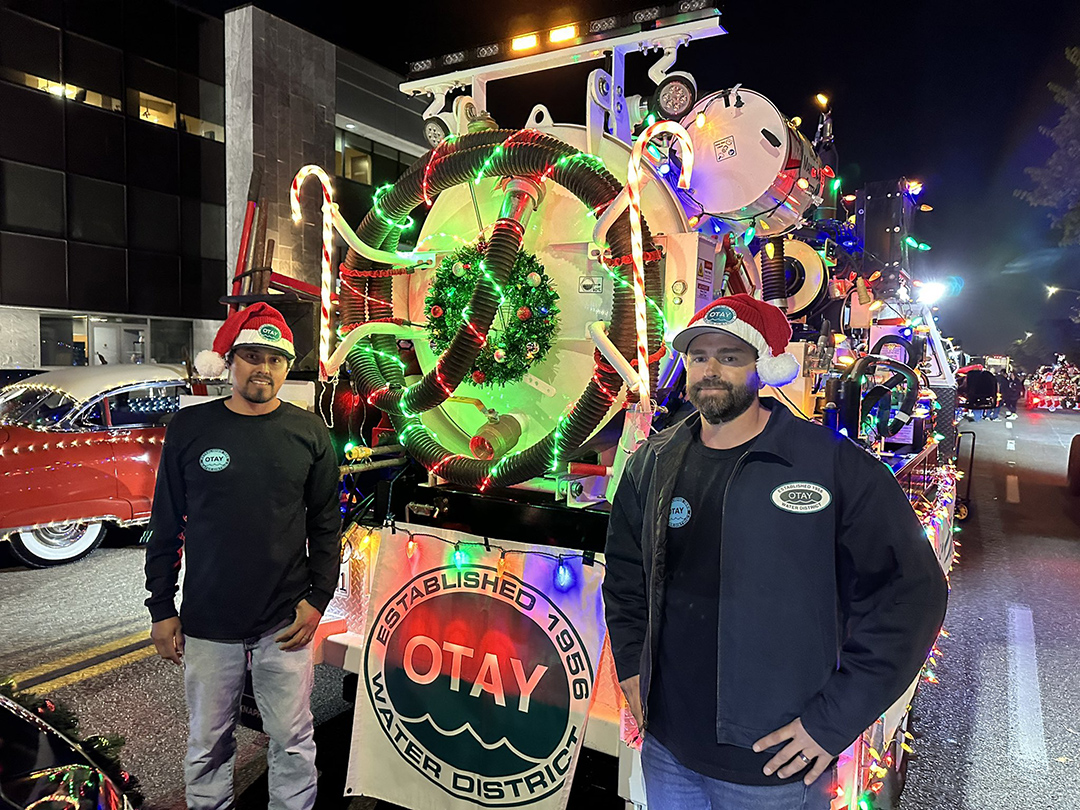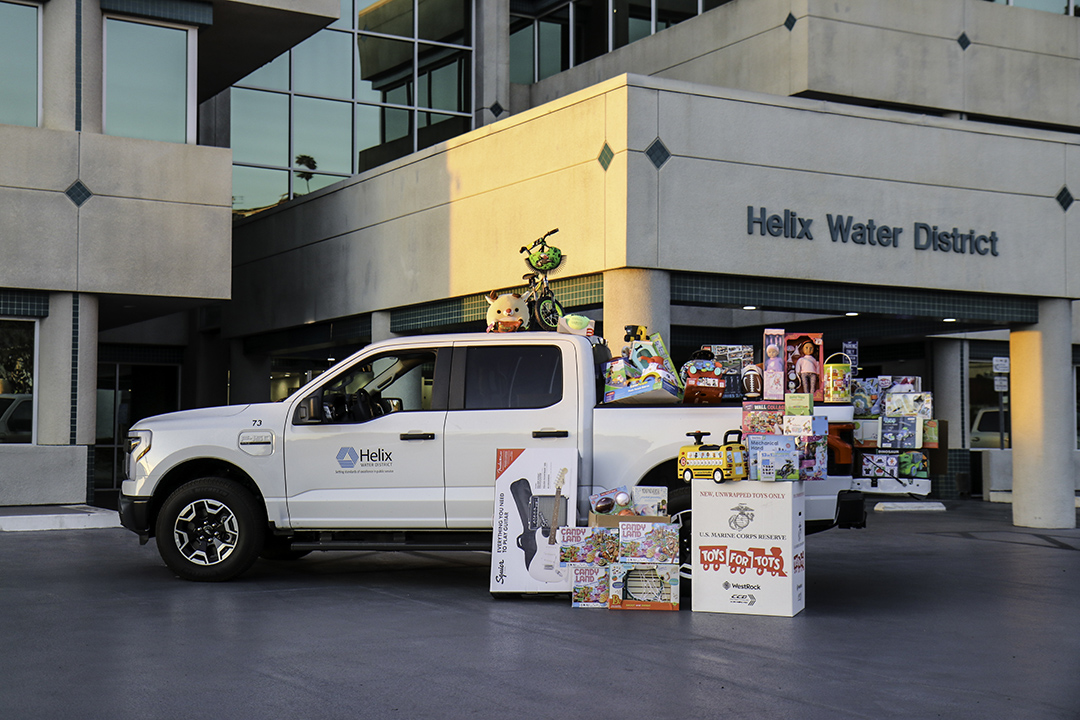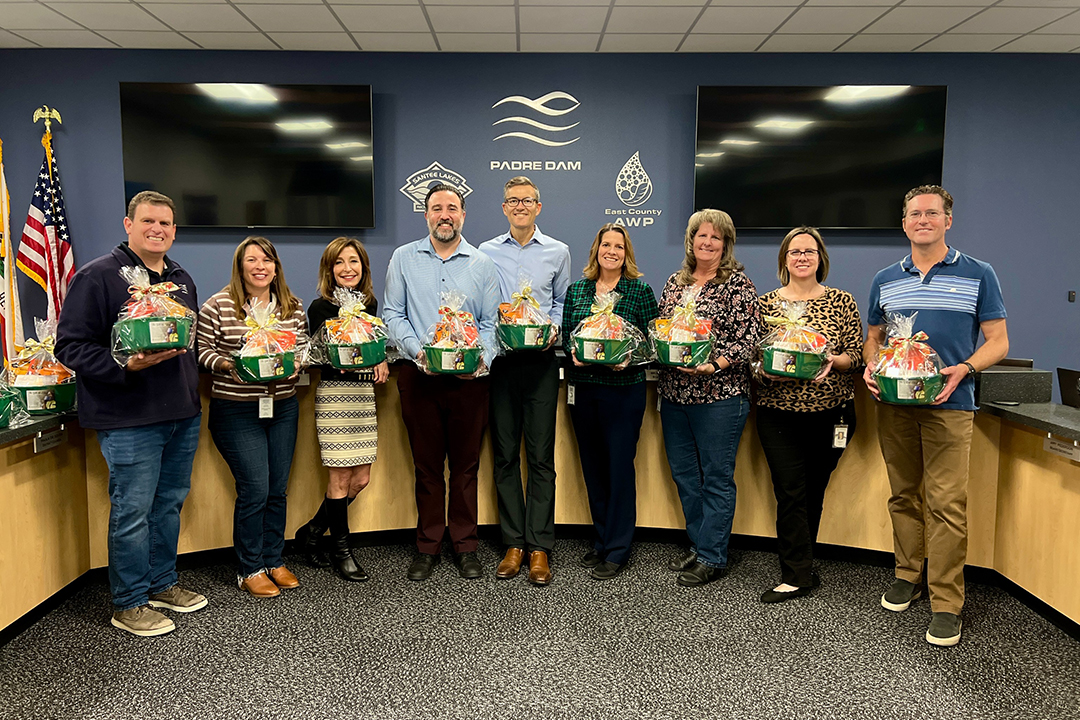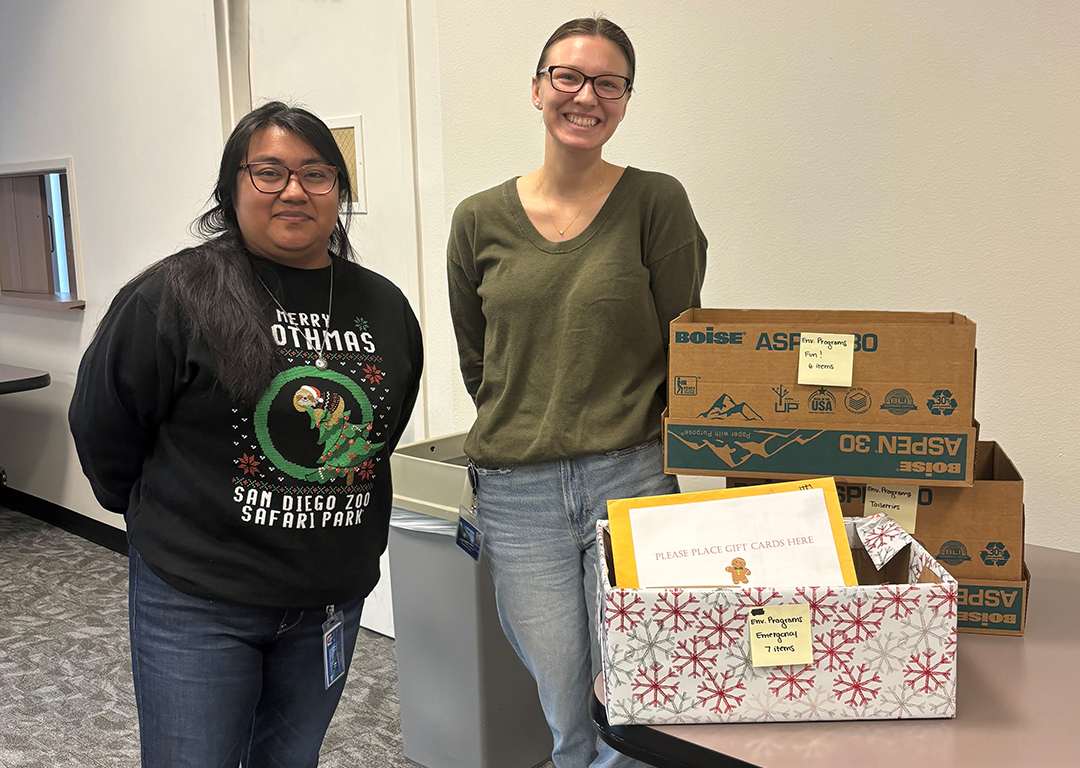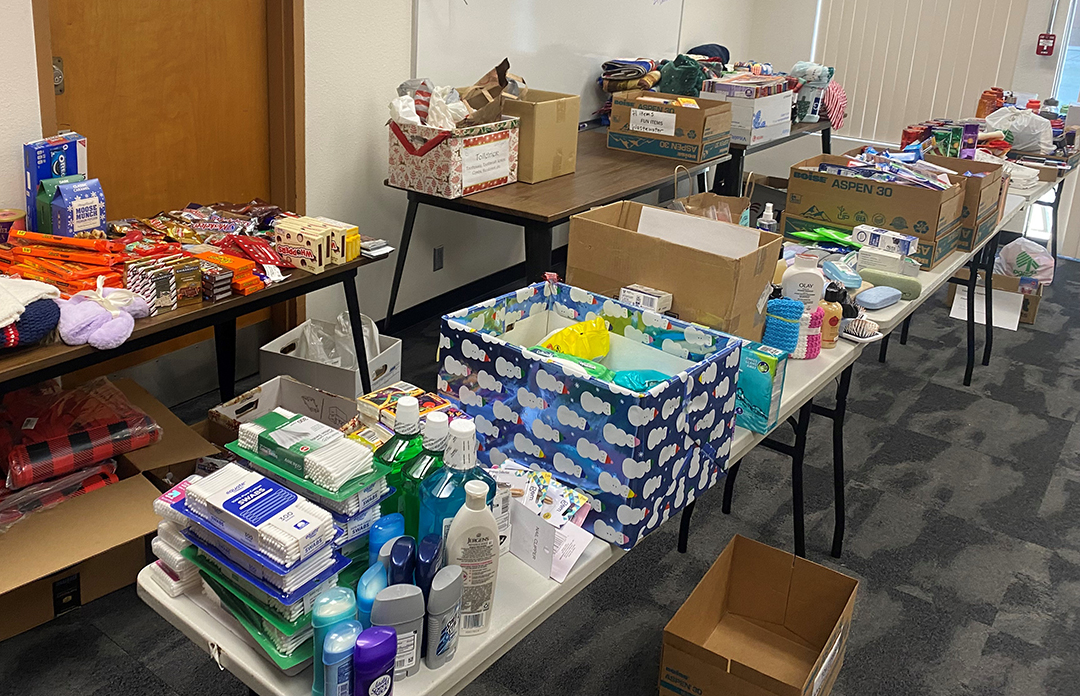Delfina Gonzalez Sworn In To Otay Water District Board
Delfina Gonzalez was sworn in at a special Otay Water District board of directors meeting on December 6. Gonzalez was elected to represent Division Two in the November 2024 election.
“I am honored to have been elected by the community of division two and proud to serve Otay’s ratepayers,” said Gonzalez. “My vision is to prioritize long-term planning, responsible water usage, fiscal accountability, and customer service. I am committed to fostering sustainable, pragmatic solutions for South Bay’s water needs, growth, and the well-being of families and businesses.
“The District has accomplished a great deal through its board and staff, and I am dedicated to being part of this team to continue executing the District’s mission.”
Gonzalez Contributes Wide Range of Experience
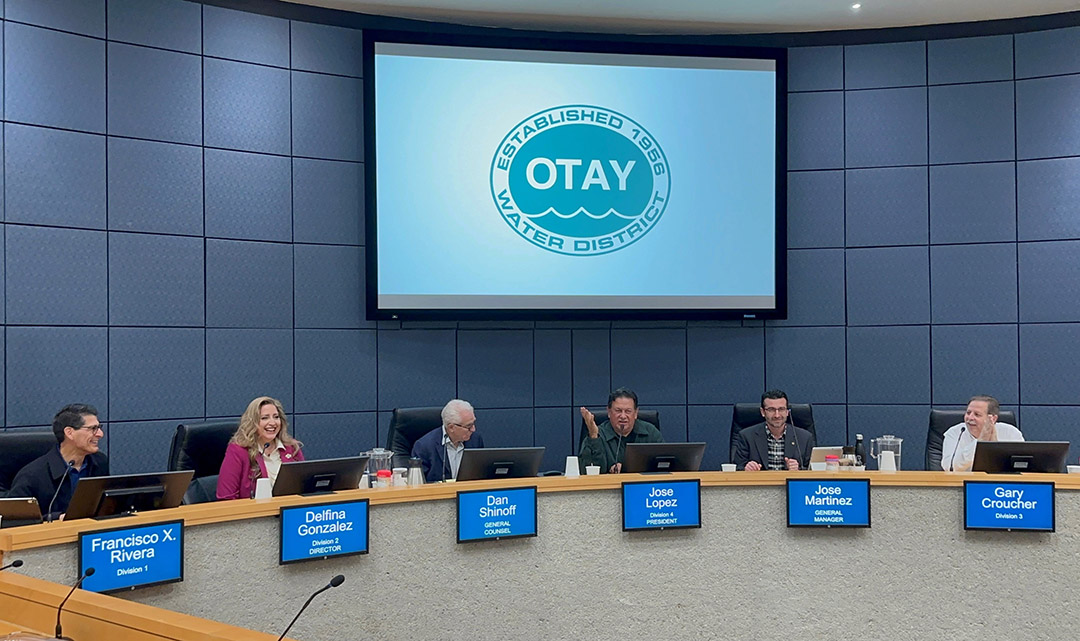
Defina Gonzalez participates in her first Otay Water District board meeting. Photo: Otay Water District
Gonzalez brings a multifaceted career to the board, spanning education, labor organizing, business ownership, and community relations. With more than 25 years of dedicated service to Chula Vista and the South San Diego region, she has been a strong advocate for civic engagement and water policy.
Gonzalez previously served on the Citizen Advisory Committee for the Sweetwater Authority and is an elected member of the San Diego County Central Committee, where she has contributed to critical discussions on water policy and political advocacy. Additionally, she has been active in the City of Chula Vista’s district four civic initiatives.
Her professional experience includes her role as a childcare coordinator and department specialist at Southwestern College, where she enhanced educational programs and organized events include the annual Day of the Young Child Conference.
Gonzalez also owned an event planning company, managing large-scale city events. Bilingual in English and Spanish, she is known for her ethical leadership, expertise in policy development, financial literacy, and community engagement.
Gonzalez Is Water Academy Grad
Gonzalez’s commitment to public service is reflected in completing the San Diego County Water Authority’s Citizens Water Academy. She is also a board member of I Am Green, a nonprofit addressing homelessness and promoting eco-friendly and environmental solutions for a greener future.
Originally from Spring Valley and a lifelong San Diegan, she resides in Chula Vista with her husband, Reyes, and is the proud mother of three adult children. During her free time, she enjoys participating in cultural events, church activities, and spending time with her dogs.
Director Gonzalez’s term will run from December 2024 through December 2028.
The five-member Otay Water District Board of Directors is the governing body of the District. It is responsible for setting rates for service, taxes, policies, and ordinances, adopting the annual budget, and other matters related to the management and operation of the water agency. Voters elect each director within one of five divisions to represent the public’s interest on the Board. Directors serve four-year terms in office.



